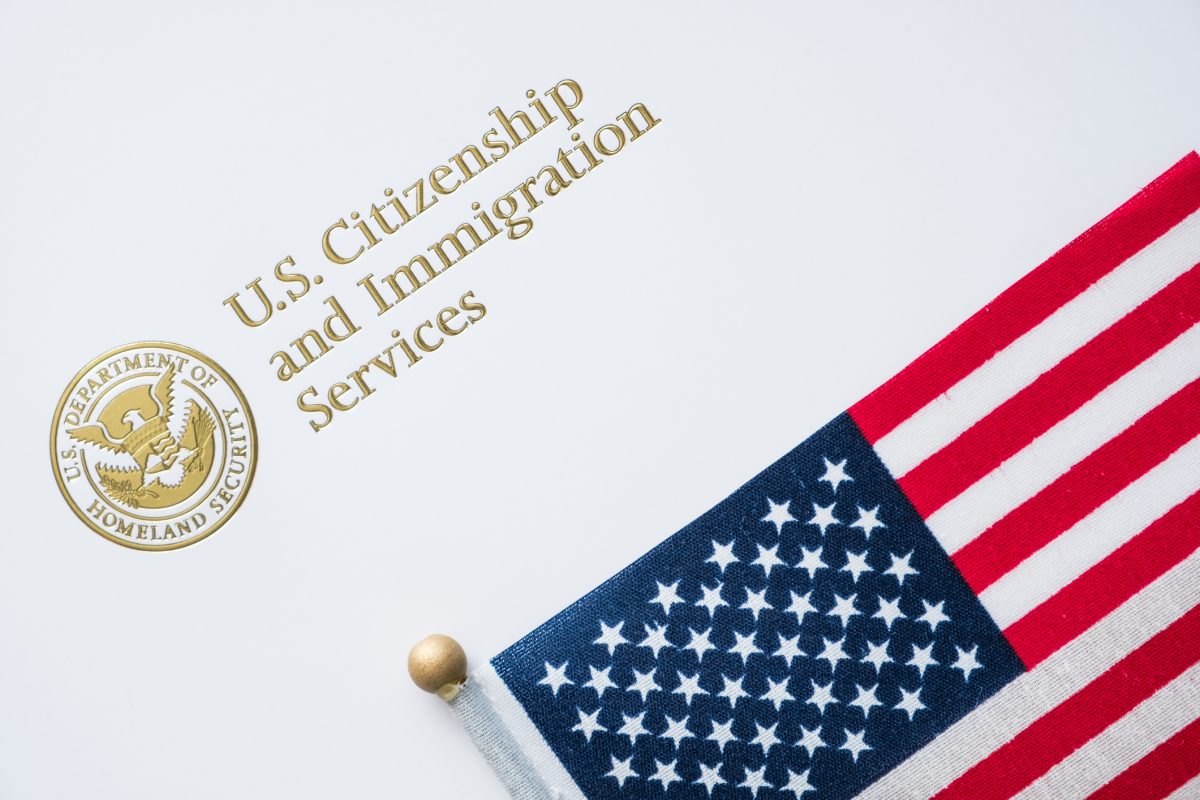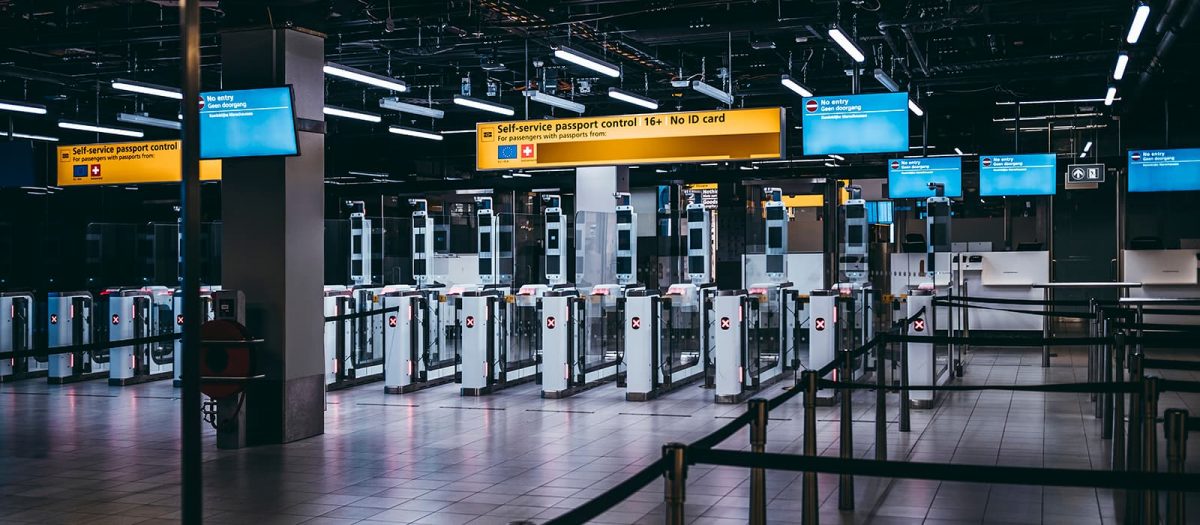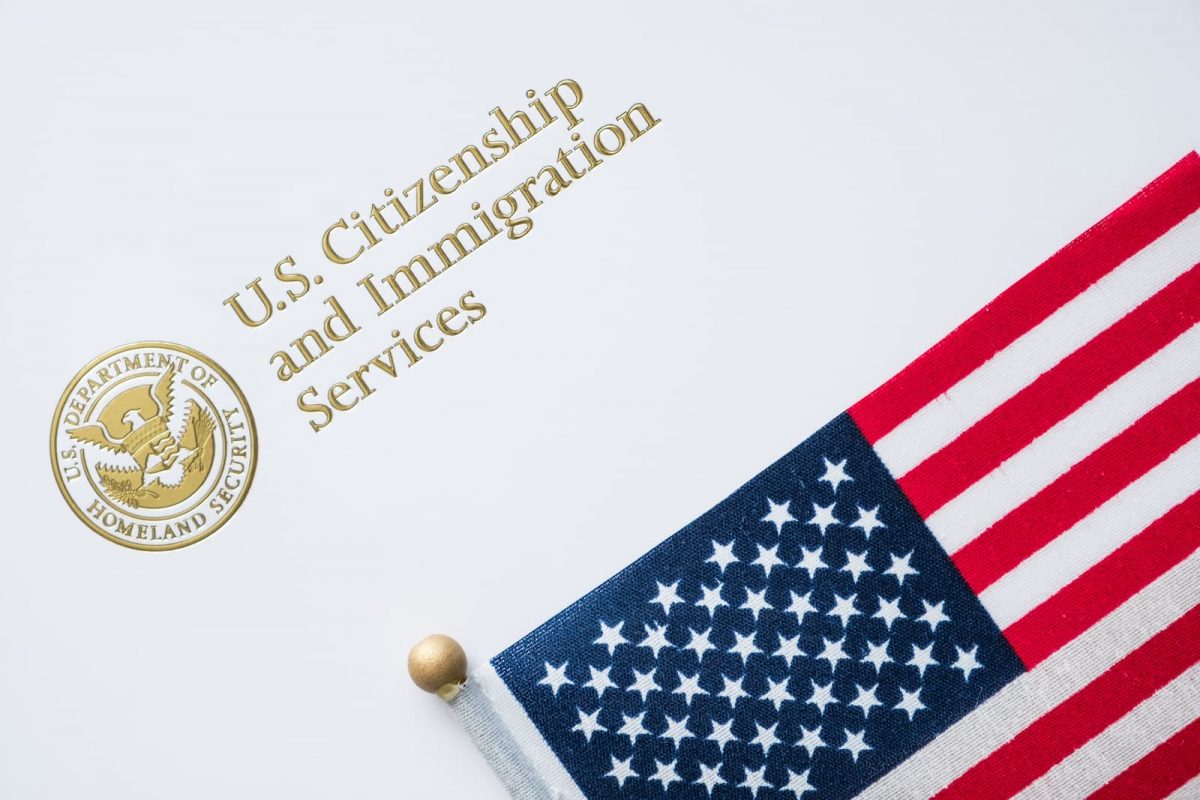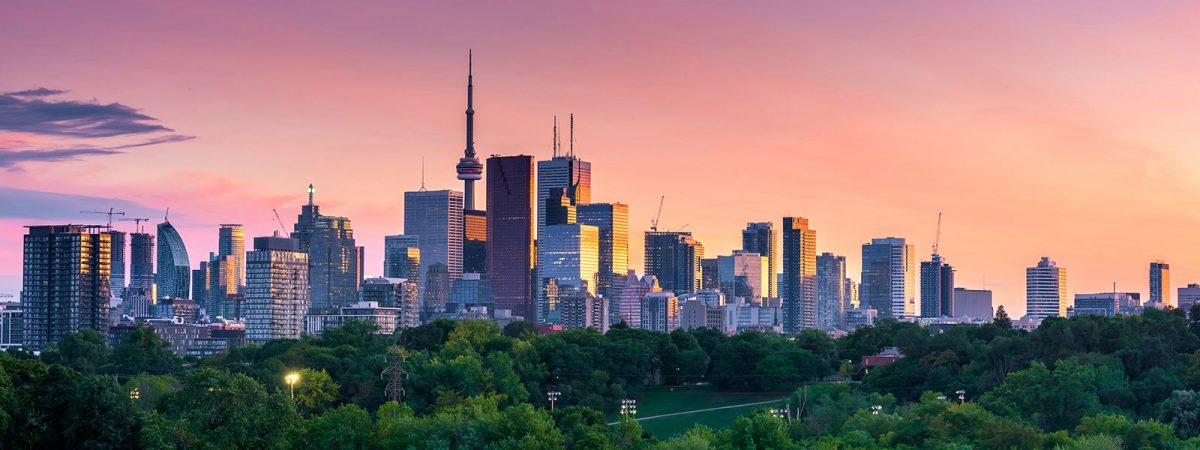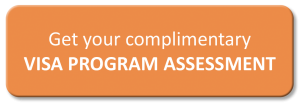Changes to the H1-B lottery will go into effect starting March 2024
What is the H-1B? Employers who want to hire a foreign worker for a professional role in the United States must support their employment authorization. This applies to individuals who are not US citizens or lawful permanent residents. The most common type of sponsorship for professional employees is in the H-1B category. For a position to be considered “professional,” it must require a minimum of a bachelor’s degree in a specific field or its equivalent. The worker must also hold at least a bachelor’s degree in that field or a related field or have an equivalent qualification.
What can you do now to prepare?
Suppose you have employees on payroll currently employed in F-1 Optional Practical Training or J-1 Exchange Visitor status. In that case, consider sponsoring these employees for a H-1B under the upcoming Cap in March. Additionally, suppose you have E-3, TN, or H-4/L-2/E-2 EAD employees; you may be considering longer-term employment and sponsorship for US Lawful Permanent Residence. In that case, you may also consider sponsoring these employees for H-1B under the upcoming Cap in March to avoid potential nonimmigrant intent issues.
What is the H-1B Cap?
If the person being supported has not previously had H-1B status in the past six years and if you (the employer) are not a college or university or a related nonprofit organization, a nonprofit research institution, or a government research institution, then your support for that person will be subject to the H-1B Registration or the H-1B “cap.” The cap refers to the yearly limit the USCIS sets on the number of H-1B visas available. The limit is 65,000, and these visas will be made available in the upcoming fiscal year of the USCIS.
What is the H-1B Master’s Cap?
USCIS also offers an extra 20,000 H-1B visas to individuals who have obtained a Master’s Degree or higher from a US higher education institution in a field relevant to the H-1B job they are being offered.
How does the H-1B Cap work?
The USCIS follows a fiscal year that starts on October 1 and ends on September 30. According to the Regulation, individuals can file for an H-1B visa six months before the start date, typically April 1. To determine which H-1B applications can be filed during this period, the USCIS has implemented a “Registration System.” From late February to early March, the USCIS announced that the H-1B Registration system would be open for five days in March.
During these five days, employers can register the H-1B position and the person they intend to sponsor for that position. They will then receive a confirmation of registration (referred to as a “golden ticket”) from the USCIS. In late March, the USCIS will randomly select applicants from the pool of confirmed registrations (called the “lottery”).
Imagine if your winning ticket is chosen in the lottery. If that happens, the USCIS will inform you about the selection. As the employer, you can support or submit an H-1B application for that specific position and person starting April 1. If the H-1B is approved, the person would only enter H-1B status from October 1 onwards.
Does the Master’s Cap help?
Indeed. If a person is enrolled in the Master’s Cap, they will undergo an initial screening exclusively for those who are eligible for it. Suppose someone is not chosen in this particular selection process. In that case, their enrollment will automatically be included in the regular cap selection process, granting them a second opportunity to obtain an H-1B visa.
What if an individual is not selected in the Cap?
In late March, the USCIS will conduct the first random selection process. In July, once they have received all possible H-1B Petitions and have made decisions on these cases, the USCIS assesses whether all 85,000 H-1Bs have been allocated. If it is found that not all slots have been filled, a second random selection will take place in or around August.
After the second random selection, the USCIS will assess the filed and determined petitions. They will then once again examine whether all 85,000 H-1Bs have been utilized. This procedure will persist, including any further random selections, until all 85,000 H-1Bs have been allocated. Suppose the sponsored individual is not chosen during any of these random selections. In that case, exploring alternative visa categories or potential opportunities in locations outside of the United States is necessary.
Once the USCIS completes the random selection process and determines that all 85,000 H-1Bs have been utilized, the sponsored individuals can proceed with their visa applications. They will need to gather all the necessary documents, such as educational certificates, work experience letters, and a valid job offer from a US employer.
The next step involves submitting the H-1B Petition to the USCIS and supporting documents. This process can be complex, requiring careful attention to detail and adherence to specific guidelines. Ensuring that all the information provided is accurate and up-to-date is crucial.
Once the USCIS receives the H-1B Petition, they will review it thoroughly to determine its eligibility. This includes verifying the authenticity of the documents submitted and assessing whether the sponsored individual meets the requirements for the H-1B visa. The USCIS may also conduct background checks and interviews if necessary.
The H-1B Petition is approved, and the sponsored individual will receive a Notice of Approval. This document confirms that they have been granted the H-1B visa. They can then proceed with scheduling an appointment at the US embassy or consulate in their home country to obtain the visa stamp in their passport.
It is important to note that obtaining the H-1B visa does not guarantee entry into the United States. Upon arrival, the sponsored individual will still need to go through the immigration process at the port of entry. The immigration officer will review their documents, ask questions about the purpose of their visit, and decide whether to admit them into the country.
Overall, obtaining an H-1B visa can be lengthy and complex. Still, with proper preparation and adherence to the requirements, individuals can successfully navigate it and pursue their career opportunities in the United States.
Work with GMS for Visa and Immigration Needs
Global Mobility Solutions (GMS) can help you with your visa and immigration needs. GMS is a trusted partner specializing in providing comprehensive support and guidance throughout the visa and immigration process. With their expertise and knowledge, they can assist individuals in preparing the necessary documents, filling out the required forms, and ensuring compliance with all immigration regulations.
One key advantage of working with GMS is their personalized approach. They understand each individual’s unique situation and tailor their services to meet specific needs. Whether obtaining an H-1B visa for skilled workers or assisting with family-based immigration, GMS has the experience and resources to handle it all.
Our team of immigration experts stays up-to-date with the latest changes in immigration policies and procedures, ensuring that individuals receive accurate and timely information. This helps to streamline the process and minimize any potential delays or complications.
Furthermore, GMS takes pride in its exceptional customer service. They are committed to providing prompt, reliable assistance and answering individual questions or concerns. Their friendly and knowledgeable staff is always available to provide guidance and support, making the visa and immigration journey as smooth as possible.
We're Here to Help! Request a Courtesy Consultation
Are you ready to talk to a Mobility Pro? Learn how GMS can optimize your mobility program, enhance your policies to meet today’s unique challenges, receive an in-depth industry benchmark, or simply ask us a question. Your Mobility Pro will be in touch within 1 business day for a no-pressure, courtesy consultation.



